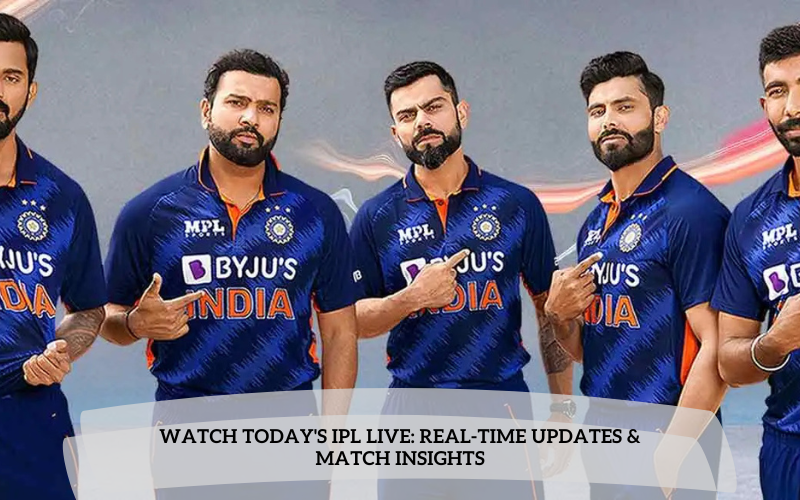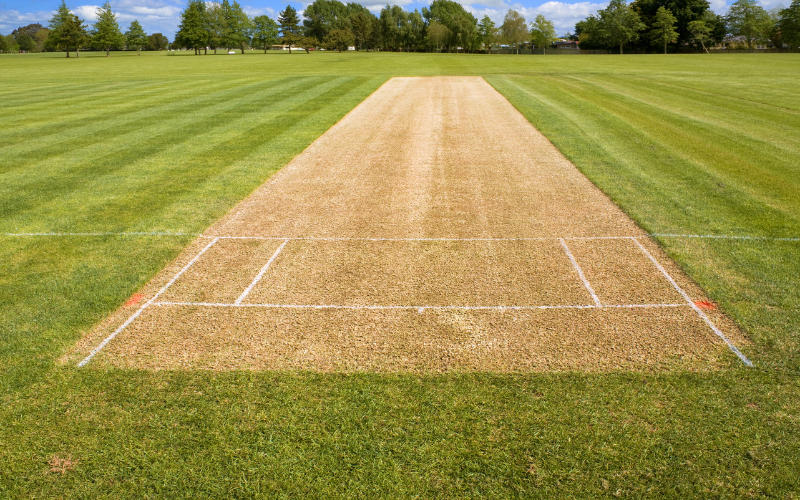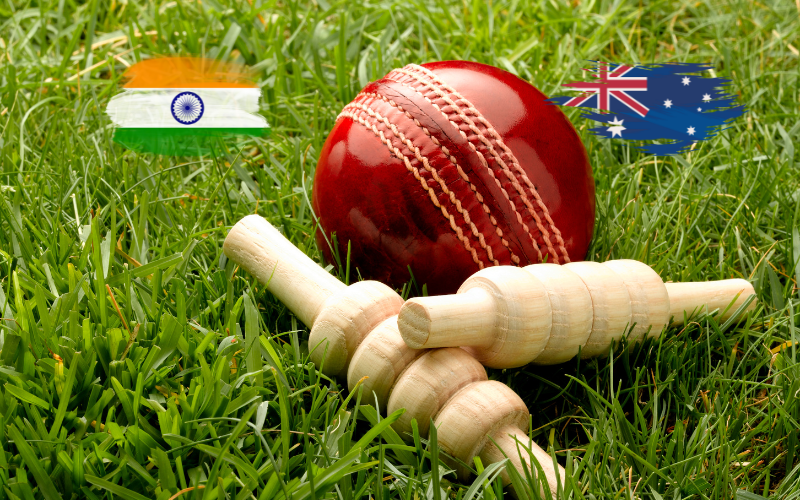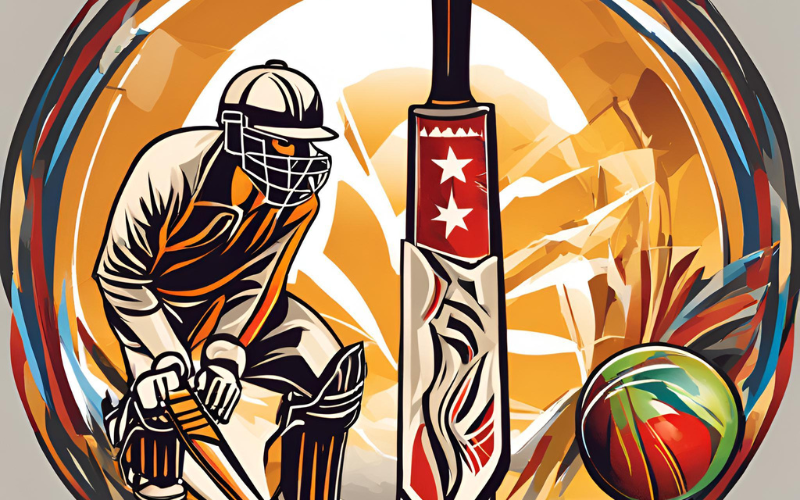Cricket is a popular sport enjoyed by millions worldwide, and keeping track of the sports cricket score is an essential part of the game. Whether you’re a seasoned cricket fan or a beginner, understanding how the score works can enhance your enjoyment of the sport. This article will explain everything you need to know about the sports cricket score, using simple language that everyone can understand.
What is a Sports Cricket Score?

The cricket score is a numerical representation of the runs scored by a team and the number of wickets taken by the opposing team during a cricket match. It helps fans, players, and commentators keep track of the game’s progress. The score is usually displayed on a scoreboard at the stadium, on television broadcasts, or online platforms.
Components of a Sports Cricket Score
Understanding the different components of a cricket score is crucial for anyone interested in the game. The score typically includes the following:
- Runs Scored: This indicates the total number of runs a team has made. Runs are the primary way teams score points in cricket.
- Wickets Taken: This shows how many players from the batting team have been dismissed by the opposing team’s bowlers. A team can have a maximum of 10 wickets taken before their innings ends.
- Overs Bowled: This represents the number of completed overs bowled by the fielding team. An over consists of six legal deliveries bowled by the bowler.
For example, a sports cricket score might be displayed as 150/4 in 25 overs. This means the batting team has scored 150 runs and lost 4 wickets in 25 overs.
Understanding the Scorecard
A scorecard is a detailed summary of the cricket score, showing individual player performances, team totals, and other key statistics. Here’s how to read a scorecard:
Batting Summary
This section lists each batsman’s score, how they were dismissed, and the number of balls they faced.
Bowling Summary
This part shows the performance of the bowlers, including the number of overs bowled, runs conceded, and wickets taken.
Extras
The scorecard also includes a breakdown of extras, such as no-balls and wides.
Team Totals
The overall score, including runs and wickets, is displayed at the bottom of the scorecard.
By understanding a scorecard, you can gain deeper insights into the match and the cricket score.
The Role of Umpires in the Sports Cricket Score
Umpires play a crucial role in determining the sports cricket score. They make important decisions regarding runs, wickets, and extras. Umpires signal to the scorers to update the score whenever a run is made, a wicket falls, or an extra is awarded.
Umpires also ensure that the game is played fairly and within the rules, making their role essential in maintaining an accurate sports cricket score.
How to Interpret the Sports Cricket Score in Different Formats
Cricket is played in various formats, and the sports cricket score can vary depending on the format:
- Test Matches: In Test cricket, teams play over five days, and the score can exceed 400 runs. The sports cricket score in Test matches reflects a team’s endurance and ability to play long innings.
- One-Day Internationals (ODIs): In ODIs, each team plays 50 overs. The score usually ranges between 200-300 runs, with teams aiming to score quickly.
- Twenty20 (T20): In T20 cricket, each team plays 20 overs. The sports cricket score in T20 matches is often high, with teams scoring over 150 runs in a short time.
Understanding the format helps interpret the sports cricket score and the strategies employed by the teams.
The Impact of Weather on the Sports Cricket Score
Weather can significantly impact the sports cricket score. Rain, bad light, or other weather conditions can interrupt play, affecting the number of overs bowled and the final score.
In some cases, the Duckworth-Lewis-Stern (DLS) method is used to adjust the target score in rain-affected matches. This method recalculates the sports cricket score based on the number of overs remaining and the wickets lost.
Analyzing the Sports Cricket Score for Better Predictions
Fans and analysts often study the sports cricket score to predict the outcome of the match. By analyzing factors like the run rate, number of wickets lost, and the remaining overs, they can make informed predictions about which team is likely to win.
This analysis also helps in understanding the strengths and weaknesses of the teams, offering insights into future performances.
Tips for Beginners to Understand the Sports Cricket Score
If you’re new to cricket, here are some tips to help you understand the sports cricket score better:
- Watch Matches: The more you watch cricket, the easier it will be to understand the score and the game.
- Use Online Resources: Websites and apps often provide explanations and tutorials on how to read the sports cricket score.
- Ask Questions: Don’t hesitate to ask experienced fans or friends to explain aspects of the score you find confusing.
- Practice: Try following the score in live matches and see if you can predict the game’s outcome based on the score.
See more: India Cricket Test Matches: History, Highlights & Heroes
Conclusion
The sports cricket score is a fundamental aspect of the game, providing a snapshot of how a match is progressing. By understanding the components of the score, how it’s calculated, and how to follow it live, you can enhance your cricket-watching experience. Whether you’re a beginner or a seasoned fan, the sports cricket score offers valuable insights into the game, helping you appreciate the strategies and performances of the teams involved.
Cricket is more enjoyable when you understand the score, so take the time to learn and appreciate this beautiful game’s intricacies. The sports cricket score is more than just numbers; it’s a reflection of the skill, strategy, and excitement that makes cricket a beloved sport worldwide.















